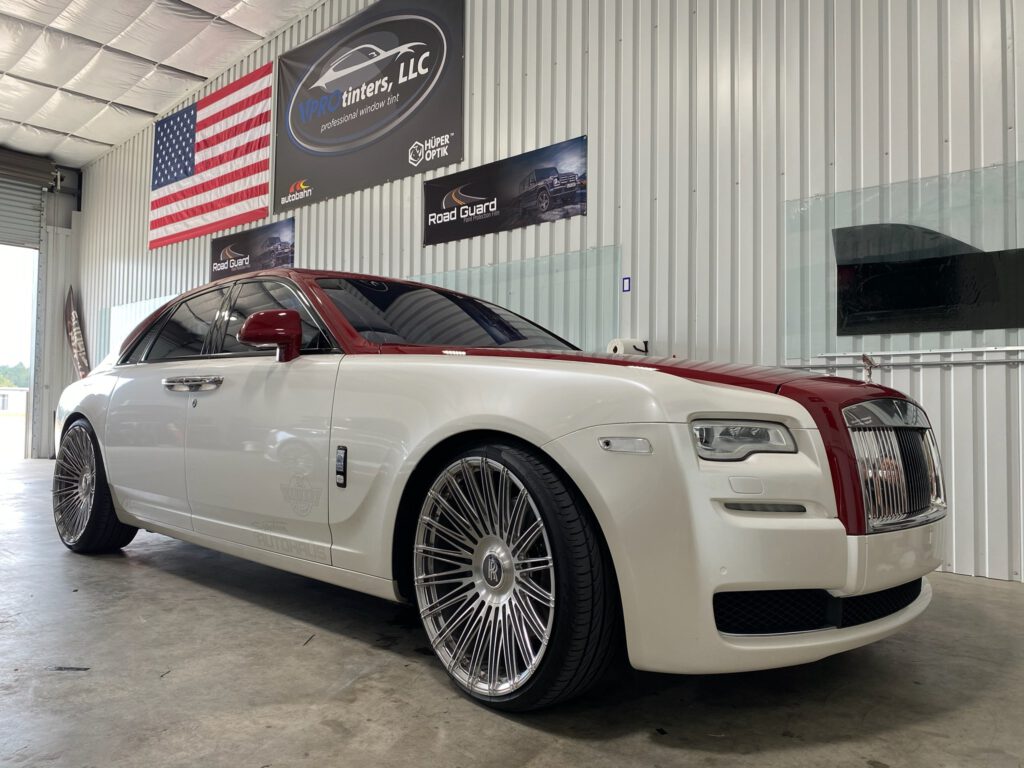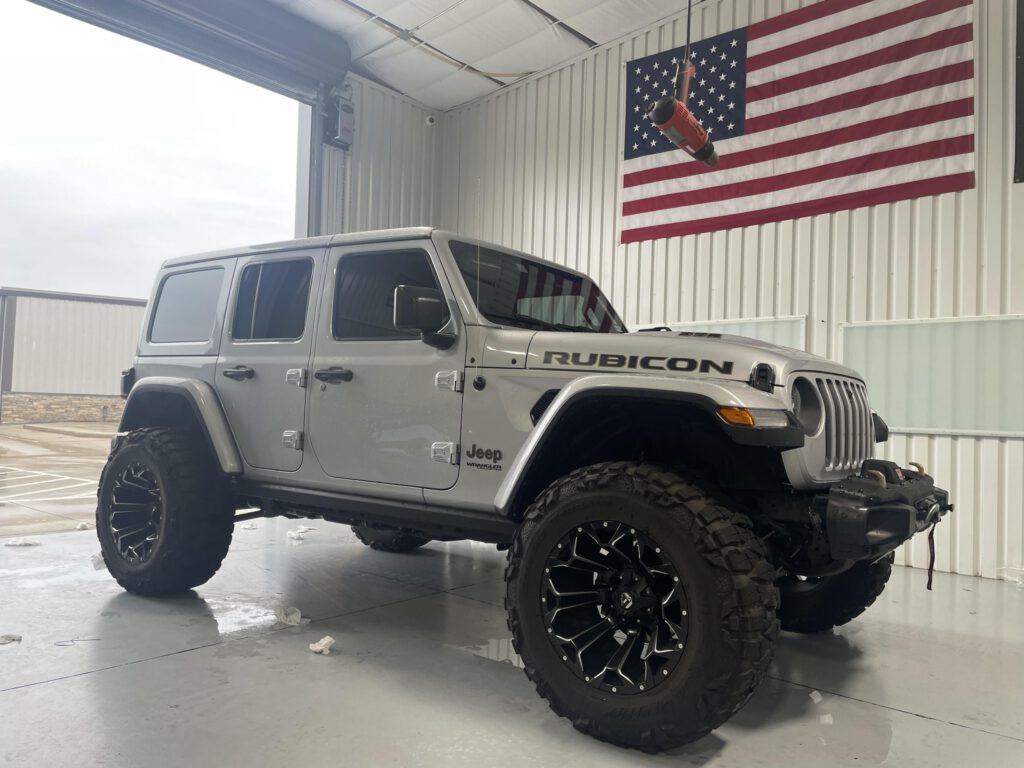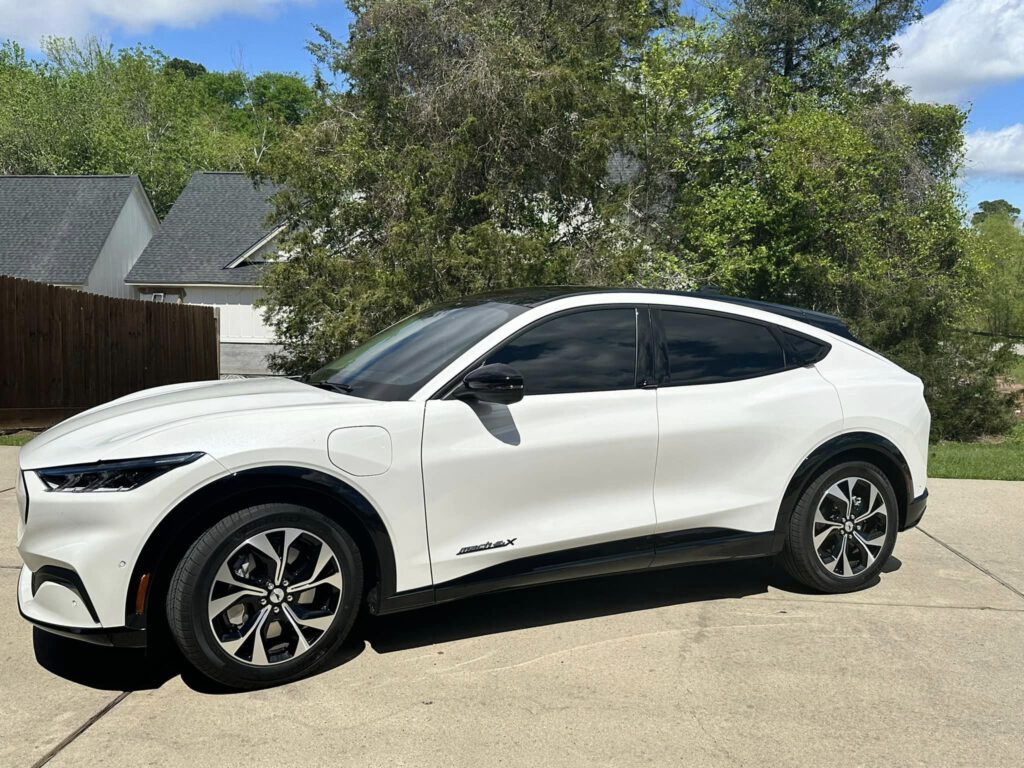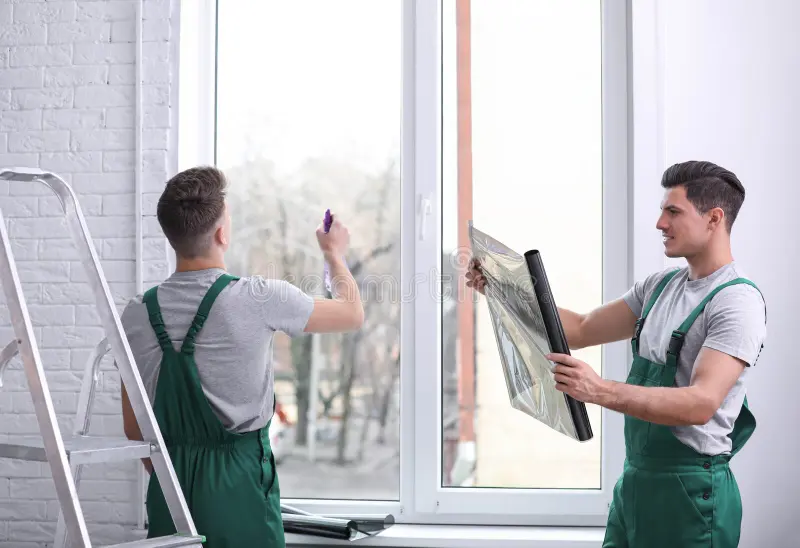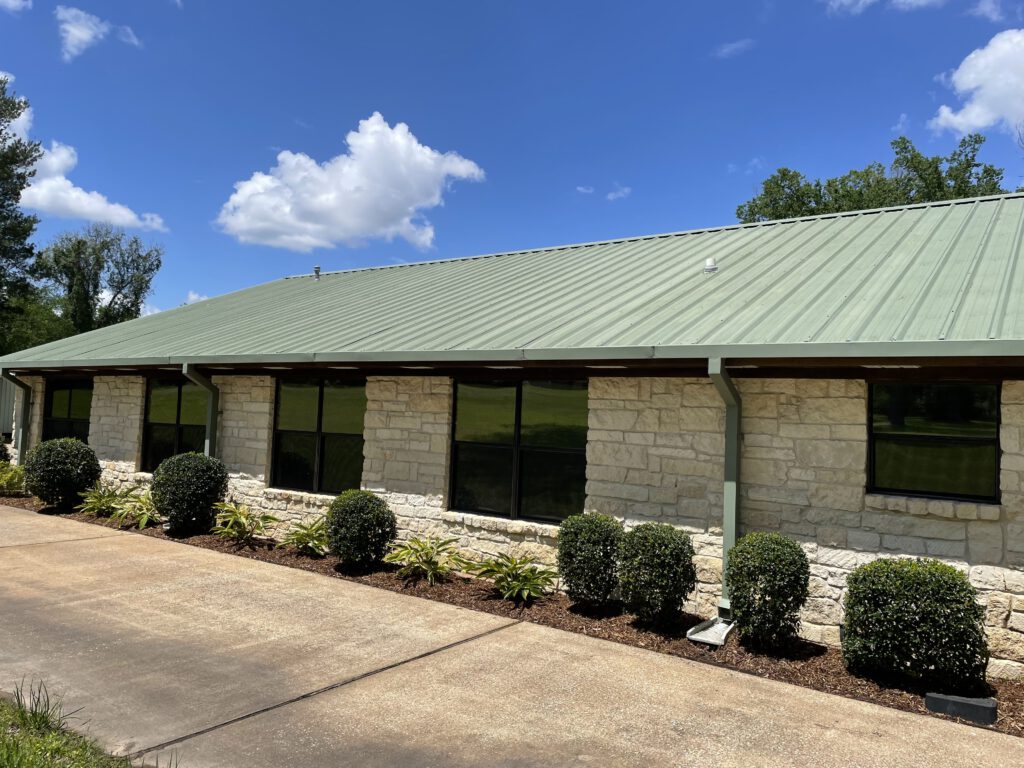In the vast universe of automotive care and detailing, some countless solutions and products promise to keep your vehicle looking its best. Among these myriad options, one innovation stands out for its outstanding ability to not only enhance a car’s aesthetic appeal but also provide unparalleled protection — ceramic coating.
This has garnered significant attention and praise from car enthusiasts and experts alike, offering a comprehensive suite of benefits that go beyond the superficial. It’s not just about making your car look shiny and new; it’s about safeguarding your prized possession from the many elements that threaten to degrade its appearance over time.
Understanding Ceramic Coating
A ceramic coating is a liquid polymer that is manually applied to a car’s exterior. It is intended to form a protective coating by adhering to the factory paint of the car. This coating is not just for aesthetics—it serves a critical function in preserving the integrity of the car’s exterior.
The coating’s chemical properties ensure that it does not wash away or break down over time, unlike traditional wax. It provides superior protection against common external damages such as scratches, dirt, and staining from environmental contaminants like bird droppings or tree sap.
Benefits of Ceramic Coating
The benefits of ceramic coating extend far beyond a shiny finish. Its primary purpose is to protect your vehicle from physical external damage, but its other perks include:
Enhanced Gloss and Shine
The increased gloss and sheen that ceramic coating gives your car’s paint is one of its most obvious advantages. The coating gives your car a dazzling, glossy appearance that is likely to attract attention by creating a flat surface that reflects light uniformly. The Premium Paint Protection Conroe TX Services is the ultimate defender of your ride.
Protection Against Environmental Damage
Ceramic coating provides a robust defense against environmental hazards. It shields the car’s paint from the damaging effects of UV rays, preventing fading and oxidation. It also offers protection against chemical stains and etching caused by acidic contaminants.
Ease of Cleaning
A ceramic-coated car is easier to clean. The coating’s hydrophobic nature means water beads up and rolls off the surface, taking dirt and grime with it. This makes washing your car less labor-intensive and reduces the need for abrasive methods of cleaning.
The Process of Ceramic Coating
Ceramic coating is a multi-step process that requires precision and attention to detail. It’s not just a simple application; it involves a series of steps that ensure the coating adheres properly to the vehicle’s surface and provides maximum protection. Here’s an in-depth look at the process.
Cleaning the Vehicle
The first step in the ceramic coating process is cleaning the vehicle. This involves washing the car thoroughly to remove all dirt, grime, and contaminants from the surface. It’s crucial to start with a clean slate to ensure the ceramic coating adheres properly to the paint. This step may seem basic, but it’s one of the most critical parts of the process.
Decontamination of the Paint
After washing, the next step is paint decontamination. This process involves using a clay bar or a similar tool to remove any embedded contaminants from the paint that weren’t removed during the washing stage. These could include things like tar, sap, or metal particles. Decontamination ensures the paint surface is as smooth and clean as possible, which is essential for the ceramic coating to bond effectively.
Paint Correction/Polishing
Once the paint is decontaminated, the next step is paint correction or polishing. This step is necessary if there are any imperfections in the paint, such as swirls, scratches, or oxidation. Polishing the paint can help remove these imperfections and create a smooth, perfect surface for the ceramic coating to adhere to.
Panel Wipe/Preparation
After correcting the paint, the next step is to prep the surface for the ceramic coating. This usually involves using a panel wipe or a similar product to remove any oils or residues left on the paint from the previous steps. This step ensures the paint is completely clean and ready for the ceramic coating.
Application of the Ceramic Coating
The final step is the application of the ceramic coating. It’s a delicate process that requires a steady hand and attention to detail. The coating is applied using a microfiber applicator pad, spreading it evenly over the surface of the vehicle. After the application, the coating needs to cure for a certain period, typically around two to three weeks, depending on the outdoor temperature and humidity levels.
Curing Process
The curing process is the final step in the ceramic coating application. During this period, the coating goes through a crystallization process. When fully dried, it offers incredible properties including hydrophobicity, gloss, and brilliance while shielding the paintwork from numerous external influences.
Longevity and Durability
The durability of ceramic coating Conroe TX is one of its key benefits. With the right care, a good ceramic coating can last for several years as opposed to waxing, which must be done every few months. This makes it a cost-effective solution for long-term car care.
The Cost of Ceramic Coating
While ceramic coating can be more expensive upfront than other forms of car protection like waxing or sealants, it’s a worthy investment considering its longevity and durability. The cost can vary based on factors like the size of your vehicle, the complexity of the job, and the specific type of coating used.
The ceramic coating offers an unmatched level of protection and shines on your vehicle’s paintwork. It provides a long-lasting barrier against environmental contaminants, UV rays, and harsh chemicals like bird droppings or tree sap. The process requires precision, but when done properly it can keep your car looking great for many years. It’s important to use a high-quality ceramic coating product and maintain the coating regularly to ensure its effectiveness.
Ceramic coating can be a great investment for car owners looking to get the most out of their vehicles. With proper care and maintenance, it can provide superior protection and shine that lasts for years. It’s worth considering if you’re looking for an affordable, long-term solution to protect your vehicle from environmental factors and keep it looking its best.
FAQs
Can I apply ceramic coating myself?
While there are DIY kits available, it’s recommended to have a ceramic coating applied by a professional. The process requires precision and expertise to avoid mistakes that could compromise the coating’s effectiveness.
Can ceramic coating protect my car from scratches?
Yes, the ceramic coating does offer some protection against minor scratches. However, it’s not a foolproof shield against all types of damage. It won’t protect against deep scratches or chips caused by rocks or other hard objects.
How long does ceramic coating last?
With proper care and maintenance, a high-quality ceramic coating can last several years. This can vary based on factors like the quality of the coating, the preparation and application process, and how the car is maintained.
Does ceramic coating add value to my car?
Yes, applying a high-quality ceramic coating can add value to your car. It will make the vehicle look better and preserve its paintwork, both of which are attractive features for potential buyers. Ceramic coating also provides superior protection against environmental factors, which can help keep your car looking great longer and increase its value over time.



